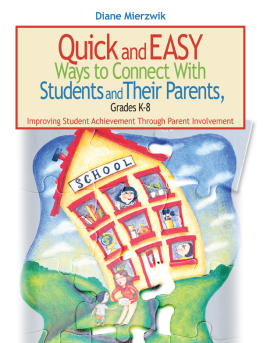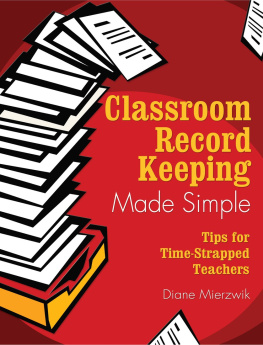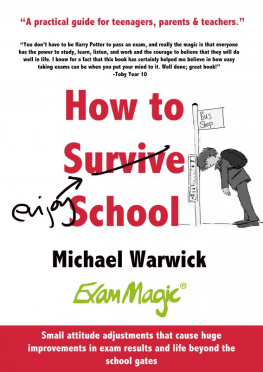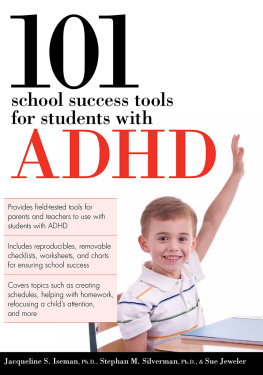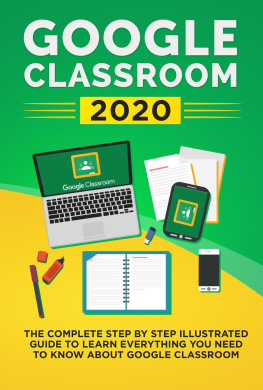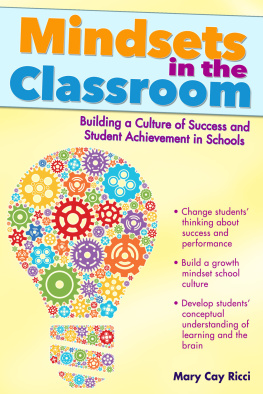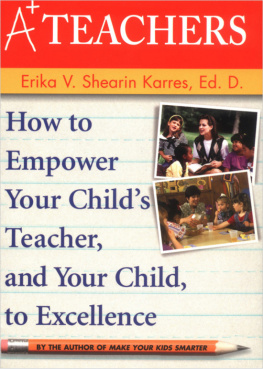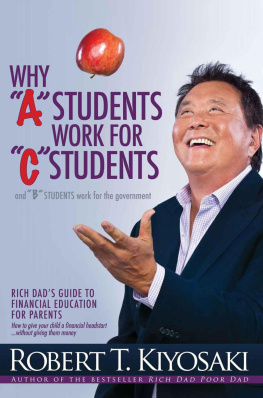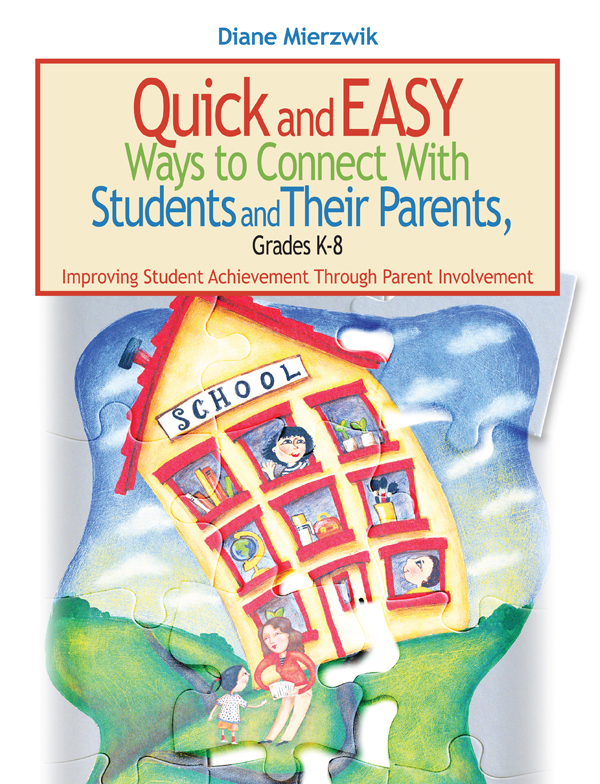Copyright 2004 by Sage Publications, Inc.
First Skyhorse Publishing edition 2016
All rights reserved. No part of this book may be reproduced in any manner without the express written consent of the publisher, except in the case of brief excerpts in critical reviews or articles. All inquiries should be addressed to Skyhorse Publishing, 307 West 36th Street, 11th Floor, New York, NY 10018.
Skyhorse Publishing books may be purchased in bulk at special discounts for sales promotion, corporate gifts, fund-raising, or educational purposes. Special editions can also be created to specifications. For details, contact the Special Sales Department, Skyhorse Publishing, 307 West 36th Street, 11th Floor, New York, NY 10018 or .
Skyhorse and Skyhorse Publishing are registered trademarks of Skyhorse Publishing, Inc., a Delaware corporation.
Visit our website at www.skyhorsepublishing.com.
10 9 8 7 6 5 4 3 2 1
Library of Congress Cataloging-in-Publication Data is available on file.
Acquisitions Editor: Rachel Livsey
Editorial Assistant: Phyllis Cappello
Production Editor: Melanie Birdsall
Copy Editor: Annette
Pagliaro Typesetter: C&M Digitals (P) Ltd.
Proofreader: Tricia Lawrence
Indexer: Kathy Paparchontis
Graphic Designer: Lisa Miller
Cover design by Tracy E. Miller
Print ISBN: 978-1-63450-714-1
Ebook ISBN: 978-1-63450-715-8
Printed in the United States of America
We can do no great things, Only small things with great love .
Mother Theresa
I dedicate this book to Bill and Wes who have always believed in me and have shown me great love in all the small things.


Preface
No significant learning occurs without a significant relationship .
Dr. James Comer
I t was a nice Southern California day 16 years ago, but I was nervous all the same. I had my first interview for a teaching position. I tried to think of ways to set myself apart from the other interviewees by discussing my core values as a teacher. I kept asking myself what made a good teacher.
I thought of all my teachers and wondered why some stood out while others faded quickly. I thought if I could capture the essence of what those memorable teachers had, then I could capture the attention of my interviewers.
Who were the memorable teachers? They were: Mr. Park, who told me I was the class poet; Mr. Braxton, who challenged me to rewrite a paper, to strive for excellence; Mr. Wilson, who laughed at my jokes; and Mrs. Lively, who seemed happy to see me every day. All of these teachers had something in common; they seemed to like me, to believe in me.
My interview went well and I got the job.
Nine years later my son began kindergarten. He is now in fifth grade. Which teachers will stand out for him, I wonder? I know which stand out for me. They are: Mrs. DeWees, who called as soon as Wes was misbehaving to reassure me that things would work out, but wanted me to know; Mrs. Vento, who gave extra time to Wes to tutor him in an area he was struggling with; Mrs. Usher, who always pointed out in every parent-teacher conference positive attributes Wesley exhibited; and Tamara, who expects the best from Wes. These are all teachers who communicate well and care.
As a teacher I have learned so much from teachers who made a difference in my life, and by teachers who are making a difference in my sons life. They have all influenced who I am as a teacher. I strive to be a teacher who cares for my students and who communicates with my students parents.
The research is indisputable. The more involved the parent is with his or her childs education, the more successful that child will be in school. If we can influence the thinking and behaviors of the parents positively, then we can effect the way our students perform at school (Improving Parental Involvement in Our Schools, Chancy, 2002).
The importance of communicating with parents and students about teacher expectations and student achievements is crucial. Finding ways as a teacher to reach out to students and their parents is imperative to the success of students.
This book includes activities that focus on positive interactions between you, the student, and the parent. The activities take very little time. Spending a few minutes at the end of your day to write a thank-you note to a parent who volunteered, or a post card to a student who shined that day will not only make a positive impact on the parent or student, but also will help you to focus on the good things that are happening in your class. Deciding to print a certificate each week to acknowledge a student or to make a positive phone call home will not only effect how the parent and student feel about your class, but also will effect how you feel about your class. Actively engaging students and parents in all the positive things happening in your class will improve everyones perspective.
When I began to use the activities, I found I had fewer confrontations with students and parents, gained support from parents, motivated students, and improved my perception of my classes. I have been able to prove an increase in student homework completion, improved attendance, and improved overall grades. I also have been able to fine-tune the activities so they cost me very little time and have the greatest rewards. But would the activities work for another teacher?
I have shared these activities with my colleagues during staff meetings and they have had the same results: student motivation, parent support, and positive perceptions on their part despite our different teaching styles, philosophies, and attitudes.
This book does not ask you to make home visits, attend more after-school meetings, or to reinvent the wheel. It asks you to take those things you are already doing and fine-tune them for the greatest benefit. This book provides quick, easy ways for teachers to build relationships with students and their parents. These activities only require of you a few minutes at the end of the day. If you integrate them into your regular day, and make a habit of completing one task before you push away from your desk at the end of the day, you will be rewarded.
Some Guidelines
The first part of the book is about how to connect with students. The chapters suggest small changes in how you conduct class to make the most of every interaction with students, ways to honor students and their achievements in the class, and ways to notice each student for the complete person he or she is becoming. These connections are essential to your relationship with your students and are essential to your students achievement in your class. Students who feel cared for are more motivated to do well in class.
The second part of the book is about how to connect with parents. Parents are the most important adults in the lives of your students. It is important for you to respect parents and to involve them in the education of their children. Many of the activities require sending documents home with students.
Finally, the last few chapters of the book are about connecting with parents, students, and the community. This section is for the overachievers among you. Once you have experienced the rewards of connecting in a meaningful way with students and parents, you will not be able to resist connecting with the community.

